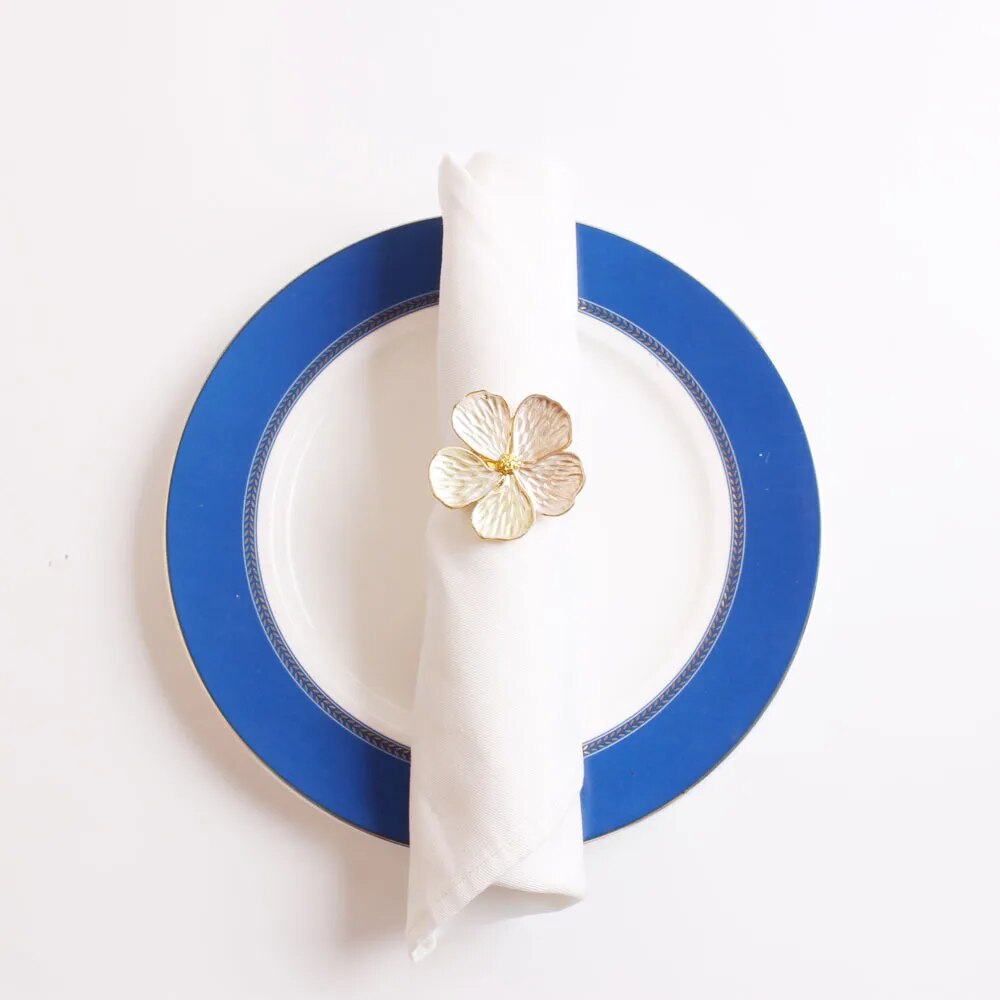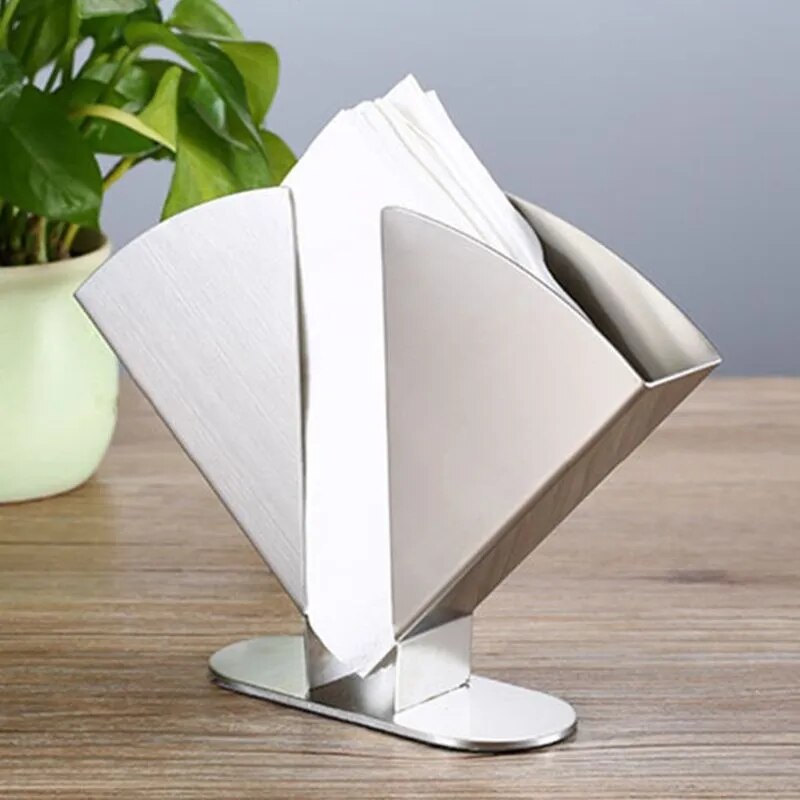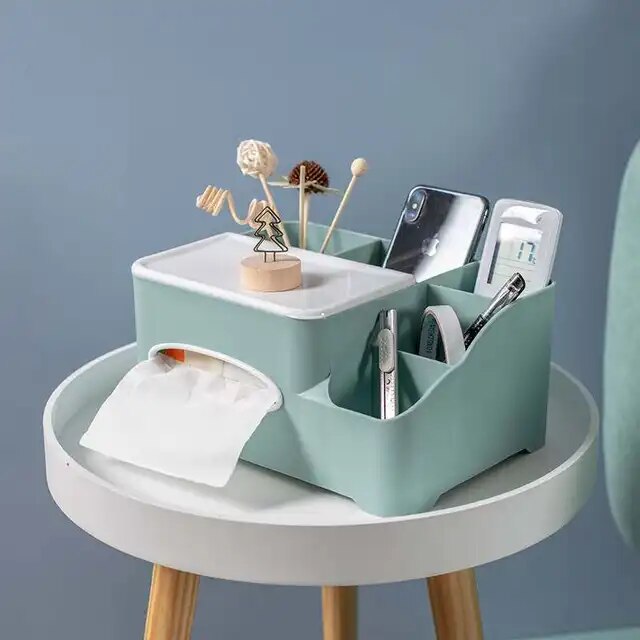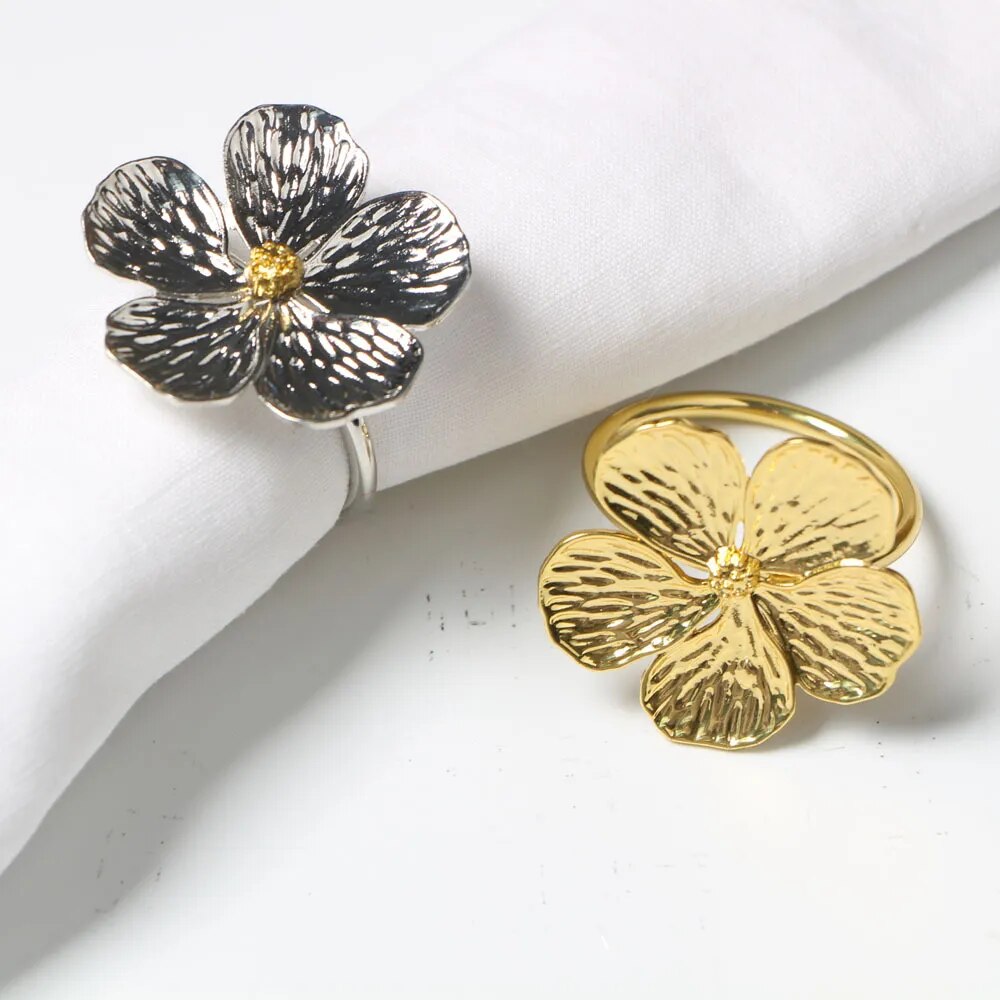
Introduce napkin holders as functional table accessories that are evolving with modern trends. Highlight their importance in table settings and set the stage for exploring future innovations.
Smart and Functional Designs
Discuss potential technological integrations in designs. Explore concepts such as smart holders with built-in UV sterilization or self-sanitizing materials to ensure cleanliness and hygiene.
Sustainable Materials and Eco-Friendly Designs
Explore the shift towards sustainable materials in napkin holder production. Discuss eco-friendly materials like bamboo, recycled plastics, or biodegradable options, aligning with environmentally conscious practices.
Versatile and Space-Efficient Designs
Highlight the trend towards versatile and space-saving. Discuss collapsible, stackable, or multi-functional holders catering to smaller living spaces and diverse table settings.
Fashionable and Decorative Holders
Explore how napkin holders are becoming decorative elements. Discuss stylish designs, artistic motifs, and customizable options that blend functionality with aesthetic appeal, complementing various table aesthetics.
Tech-Integrated Dining Experiences
Discuss how technology might enhance dining experiences through holders. Explore concepts like holders with built-in wireless charging pads or integrated displays for entertainment or table settings.
Cultural Influences and Artisanal Designs
Highlight the influence of diverse cultures on napkin holder designs. Discuss motifs, craftsmanship, and materials inspired by global traditions, reflecting cultural diversity in dining aesthetics.
Digital Commerce and Customization
Explore the future of holders shopping experiences. Discuss digital platforms enabling customization, allowing consumers to personalize designs, shapes, or engravings for unique holders.
Space for Tabletop Innovations
Discuss how napkin holders might adapt to accommodate emerging tabletop technologies. Explore concepts such as holders designed for interactive tabletop displays or integrated smart table functionalities.
Conclusion: Napkin Holders Embracing Tomorrow
Summarize the potential future directions of it, emphasizing sustainability, technology integration, cultural diversity, and the fusion of functionality with decorative appeal.



